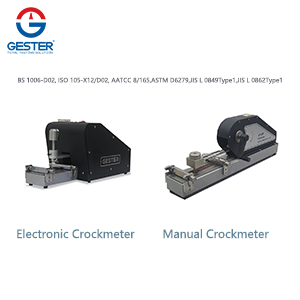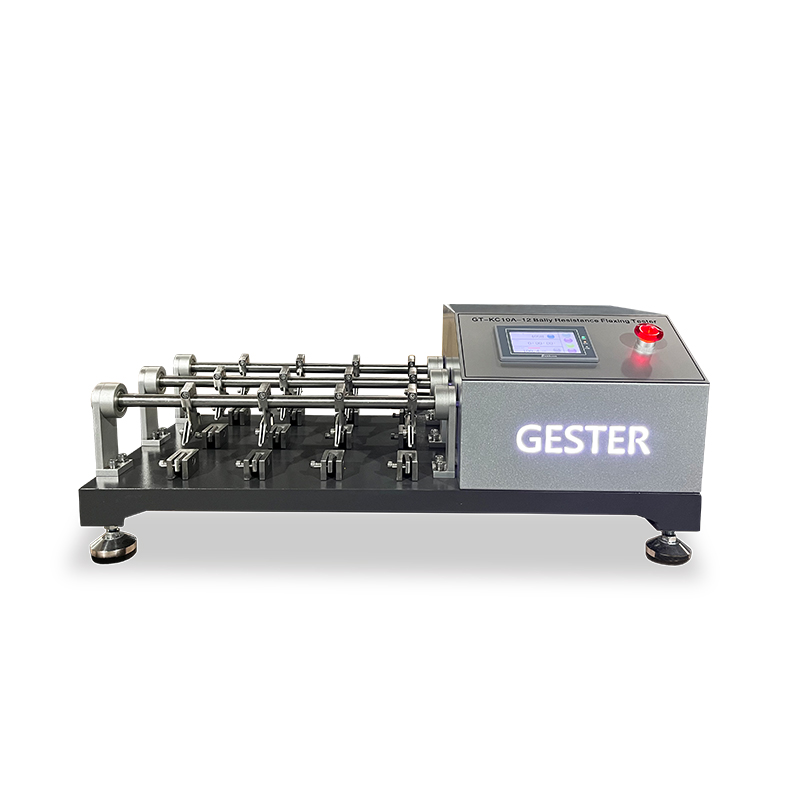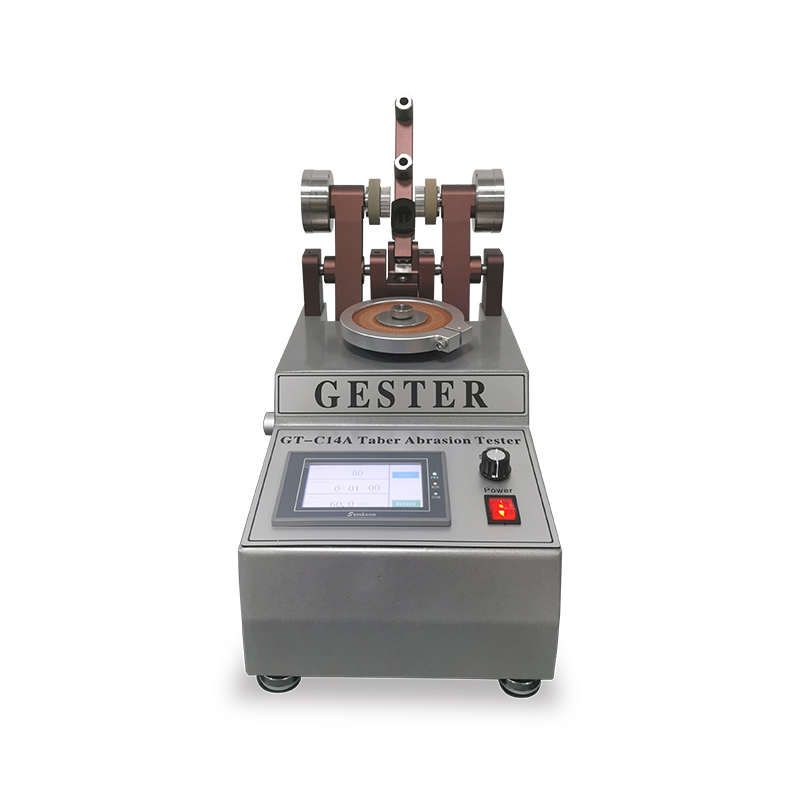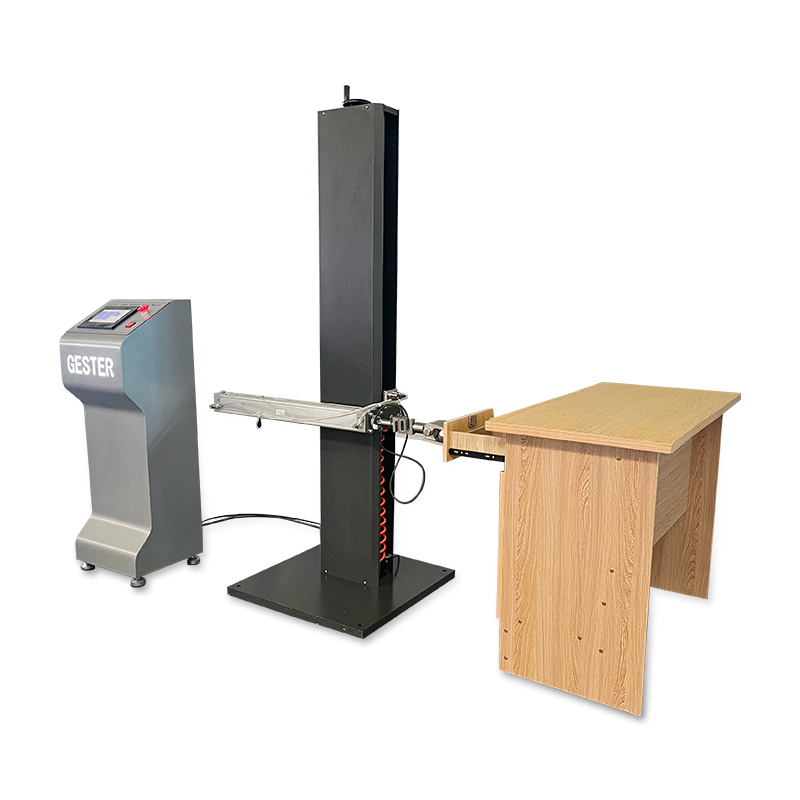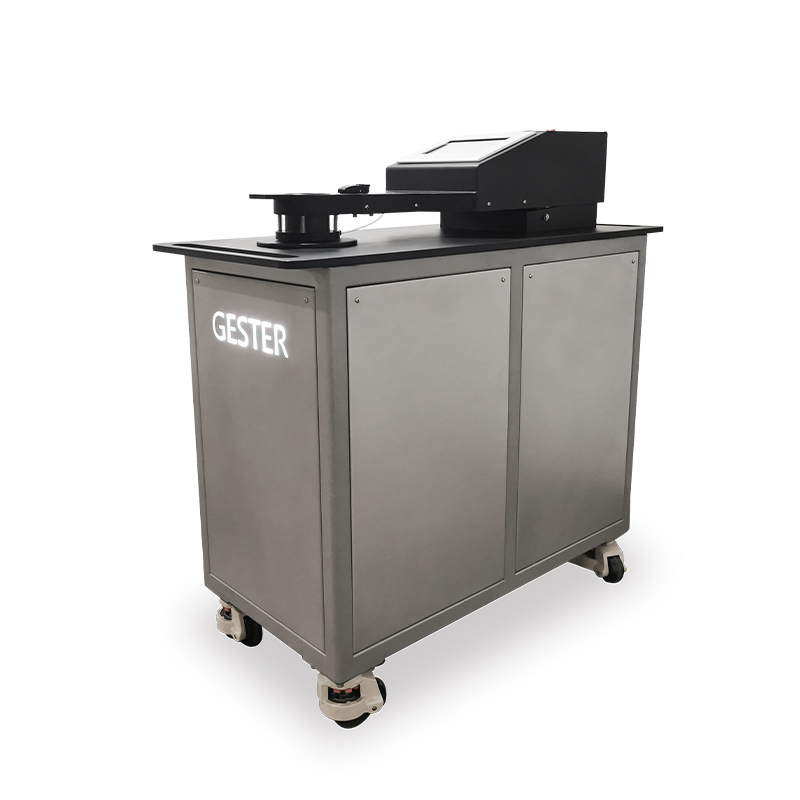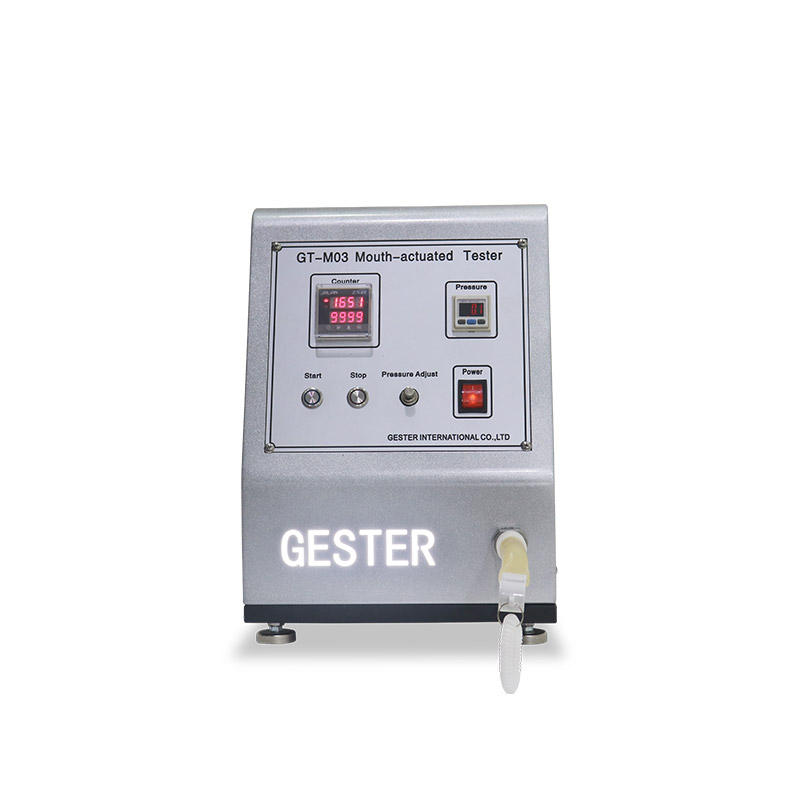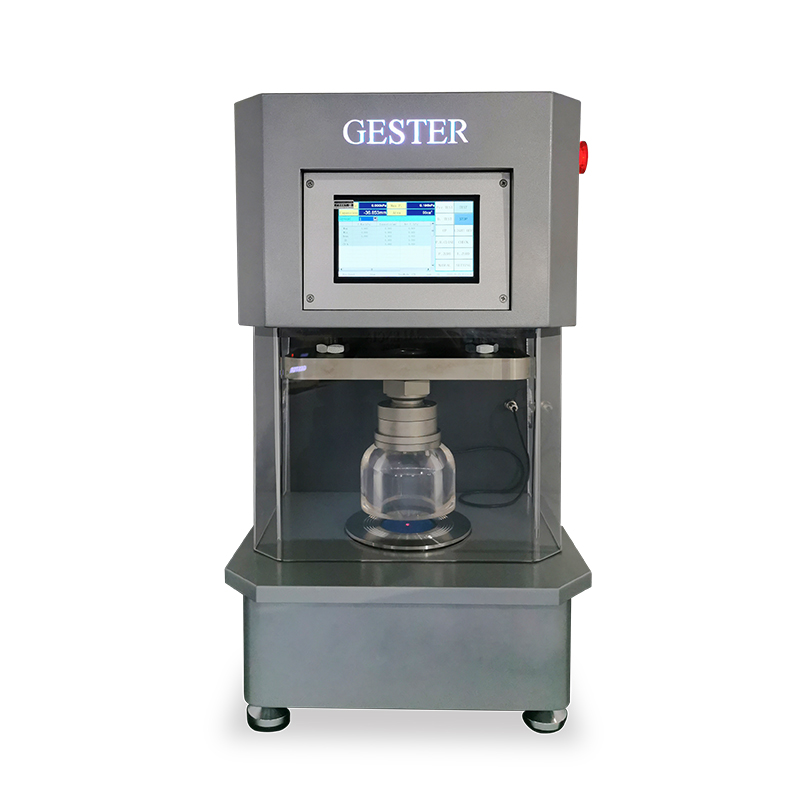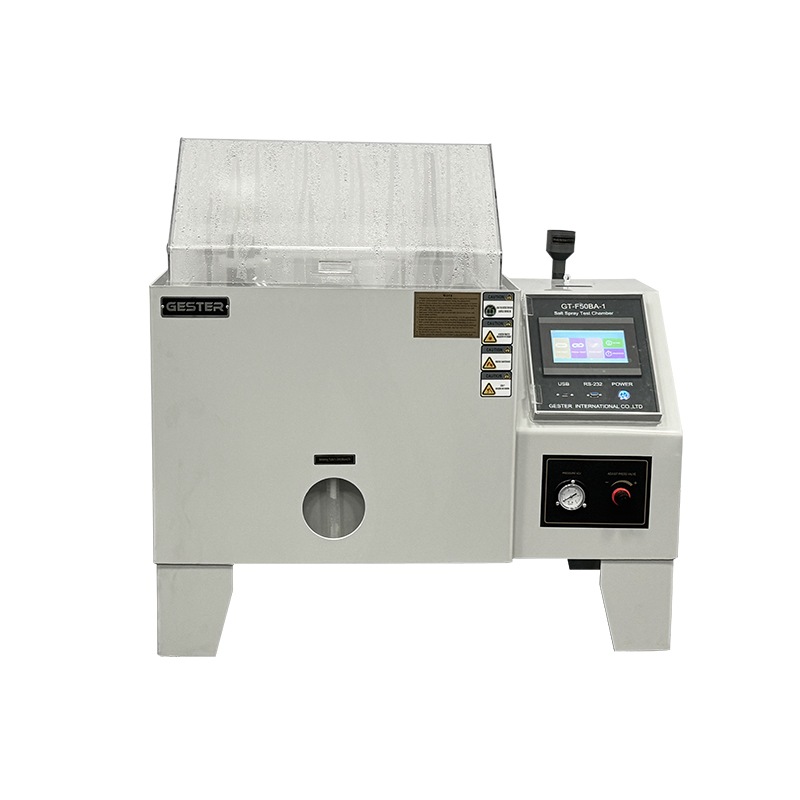How To Test Abrasion For Footwear
June 27, 2022
Shoes are one of the necessities in our daily life, among which the abrasion test is a very important test. So how to test abrasion for footwear ? Use footwear abrasion testing machines. The following are several tests about the friction test of shoe materials 1. IULTCS Veslic Leather Abrasion Tester 1Position GT-KC01-1 Leather rubbing fastness tester is the testing machine which is accordance with the method for determining the color fastness to cycles of to-and-fro rubbing of the surface of leather. Iultcs rubbing fastness tester, designed to carry out a rub fastness test on the surface of leather to determine the amount of ‘marring’ of the leather surface or the finish and to assess the amount of color transfer from the sample to the rubbing pad under dry or wet conditions.This machine is suitable for all types of stain-resistant fur dry and wet rubbing fastness, and various types of fur products and fur leather goods and dual-use lint-free test. 2. Taber abrasion resistance test machine GT-C14A Taber Type Abrasion Tester to determine the wear resistance of materials and assess its wear resistance degree, like measuring its mass loss, thickness loss, and transmittance etc. It’s applicable for flat products, like suitcases, carpet, cardboard, clothing, glass, plastic coatins, metal coating, paint, varnishes, decorative sheets, high pressure sheets, plastics, textiles, flexible floor mats, traffic paint, tile, anodizing layer, blankets, electronic components, decorative plates, wax, label, leather, dental materials, automobile interior decoration, resin, furniture, etc. 3. ASTM D1630 NBS Rubber Abrasion Tester For Soles GT-KB02 NBS Rubber Abrasion Tester Determine the resistance to abrasion of vulcanized rubber or other compounds, or both, used for the soles and heels of footwear. It is not recommended for materials less than 2.54 mm (0.1 in.) in thickness. 4. Shoelace Abrasion Resistance Tester GT-KC02 Shoelace Rubbing Tester is used to test the abrasion resistance for shoelace of cotton, hemp, chemical fiber or other materials. Take two shoelace, mutually hook in the middle. Clamp the both ends of the shoelace at the movable fixture of shoelace rubbing tester, which can make reciprocating linear motion; clamp one end of the other shoelace on the corresponding fied fixture and another end of the shoelace round by a fixed pulley and hanging the a weight. Make the two shoelace abrasion each other by reciprocating linear motion. Then check the wear resistance, when the machine run up to pre-set times, the machine stop. 5. Martindale Abrasion Tester GT-KC13B The Martindale Abrasion Tester is used to determine the abrasion resistance of ll kinds of footwear vamp material. Samples arerubbed against known abrasion at low pressures and in continuously changing directions and the amount of abrasion.The uniquedesign allows removal of individual sample holders for examination without lifting the top motion plate.
View More
